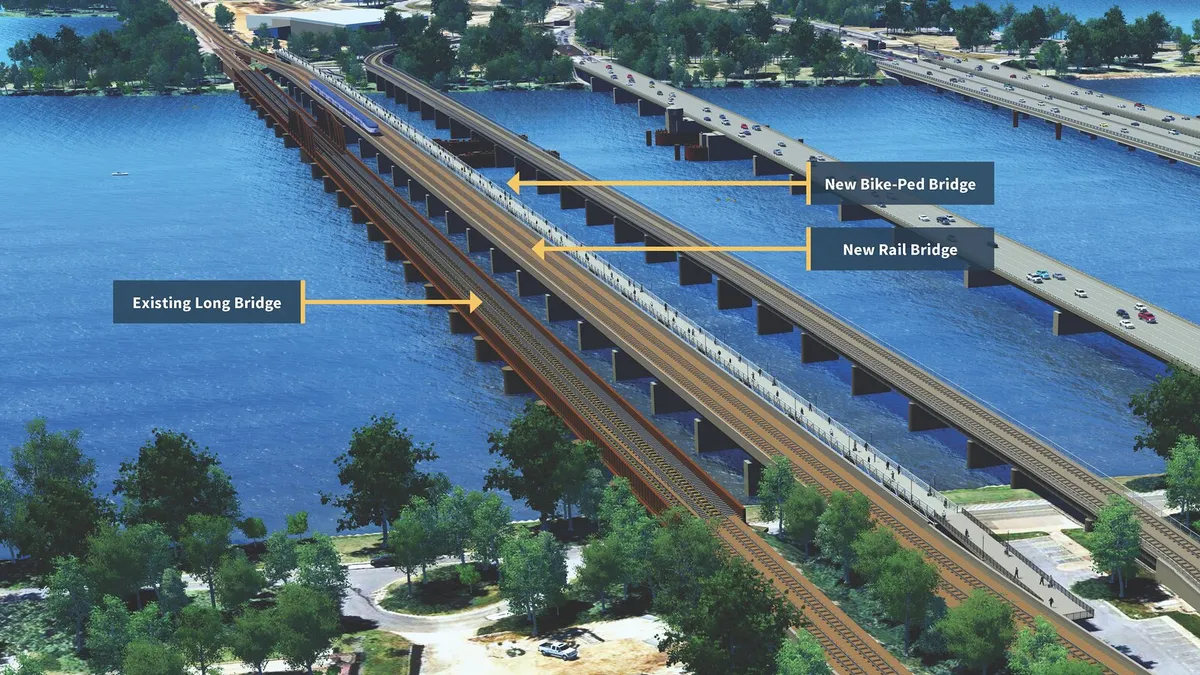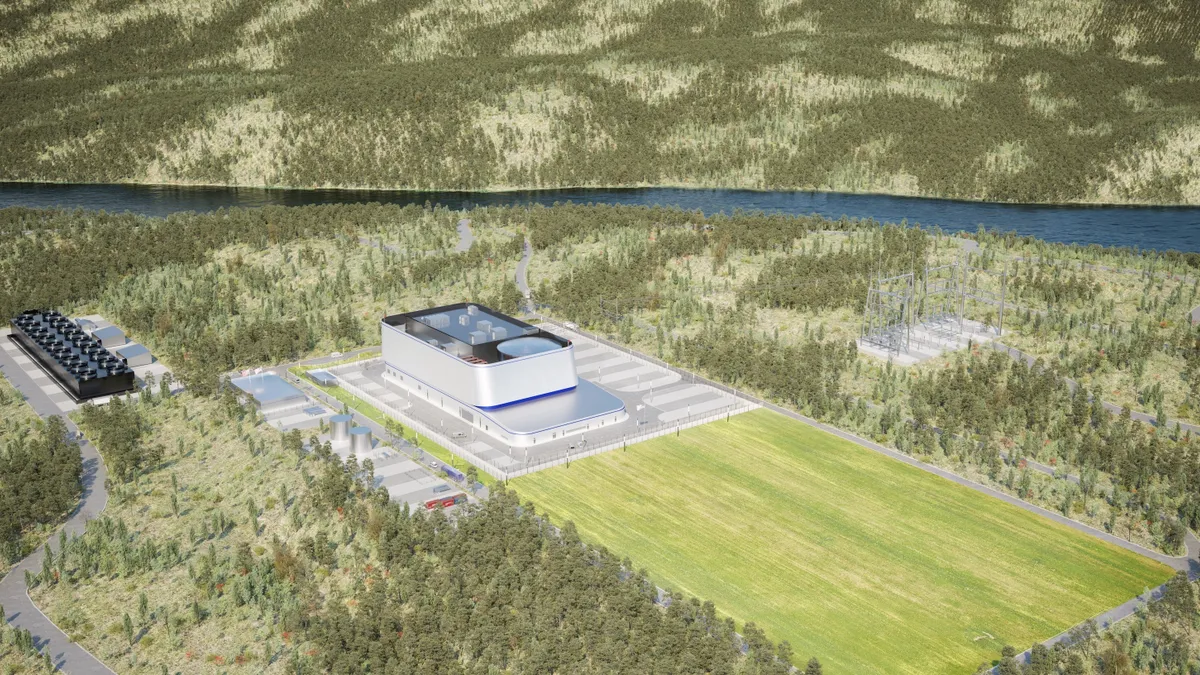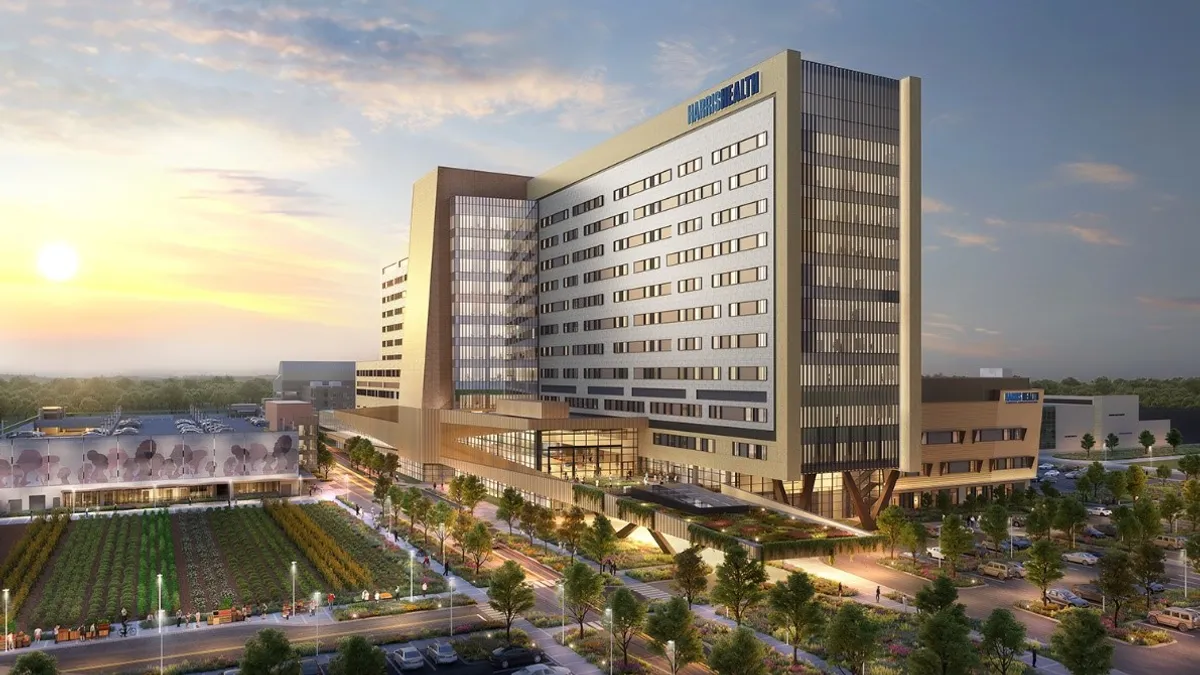The flow of commercial construction loans has hit a hurdle nationwide.
Closed loans in 2016 totaled $491 billion, representing a 3% decline from 2015, according to the Mortgage Bankers Association. While 2016 still saw the third-highest lending activity since the association began keeping track, the pullback is sure to have some commercial developers watching from the sidelines and wondering if they’ll be able to secure the necessary funds for their projects.
Developers should understand why this trend is occurring, which loans are the most difficult to secure and what lenders look for before they agree to finance a project.
Why banks are tightening their purse strings
"Traditional banks are pulling back with respect to their lending," said Eric Lemont, real estate partner at Sullivan & Worcester in Boston. One of the primary reasons for this, he said, is the ambiguity of new regulations, such as those involving high volatility commercial real estate (HVCRE).
Construction loans fall under HVCRE requirements, which mandate 50% in extra cash reserves on the part of the lender. There are exemptions to the cash reserve rule, Lemont said, but efforts by trade groups to get regulators to clarify how the rules work in practice have not been successful.
Many lenders have too much exposure to these types of loans, as they would otherwise likely be happy to do more construction financing, according to David Eyzenberg, president of Eyzenberg & Company. "They have become saturated on the books and are waiting for more to roll off," he said.
Another reason is the fact that the industry might have had it too good for too long.
"We’re in the eighth year of an upcycle," Lemont said, "and investors and lenders are questioning how long it’s going to last." There’s a question as to whether rents have hit a ceiling, especially in multifamily. "If they haven’t peaked, they have certainly plateaued," he said.
Concerns of an overheated market
This trend has caused lenders to think twice about luxury projects, Lemont noted. However, the high land and construction costs in many markets, like Boston, push developers into these pricey developments because they can bring the high returns that investors want.
The Fed has even jumped into the fray with a caution to lenders about what could be a bubble ahead for the luxury market.
In regions like Miami, some developers have axed projects in response to a potential luxury condo market cooldown. Related Group, one of the largest developers in Miami, recently pulled its Auberge Residences & Spa Miami project after disappointing presales of only 15%.
Anthony Graziano, senior managing director of Integra Realty Resources Miami/Palm Beach, said Related is a strong, established and diversified company, and it wouldn’t surprise him if the project made a comeback later on. "Pulling the project doesn’t indicate overall health," he said. "They didn’t want to battle it out in a thinning market."
The old cliché in real estate is that it’s all about location, and that is the edge the Brickell Flatiron project in downtown Miami had when it managed to secure a $236 million construction loan earlier this month, defying the obstacles of economic uncertainty coupled with a lack of foreign investors.
The Brickell neighborhood is a popular Miami address, home to upscale shops, dining and entertainment. By the time developers reached the financing stage, the project was 50% to 60% sold, according to Graziano. "When you have reduced demand, you have to have all the right elements," he said. "You have to check all the boxes."
Project challenges and potential solutions
The most difficult construction financing to secure right now, Eyzenberg said, is for hotels, condominiums — like the Auberge — and speculative office and retail projects. Hotels, he said, are the most volatile asset class with plenty of supply in the pipeline, as well as a significant amount of existing loan inventory on lenders balance sheets.
Developers of multifamily projects, Eyzenberg said, might be able to get a better deal in certain areas of the country like the Midwest. In some secondary markets, he said, developments are built to a higher yield on cost. "As such, it's easier to get higher leverage on them for construction purposes," he said.
The hesitancy of traditional lenders, Lemont said, has resulted in alternative means of financing filling in the gaps. Debt funds, which are investment pools like mutual funds, are moving into that space, as are life insurance companies.
These "shadow banks," Eyzenberg said, operate outside the tightly regulated environment of traditional banks, which allows them to assume greater risk in return for a higher return for their investors.
Rates from those alternative sources, Lemont said, are at least a point higher than traditional banks offer, but borrowers are often able to access the funds more quickly. Some of these lenders also offer "no recourse" construction loans, which means that if the borrower defaults, then the lender can grab loan collateral but not pursue the borrower for any additional amounts, even if the collateral isn't enough to cover the loan.
From the borrower's perspective, Lemont said, there's no loyalty to their hometown bank. It's about getting the loan closed.
In fact, Related Cos., a New York City powerhouse real estate developer, has used extensive alternative financing for its $25 billion Hudson Yards development in Manhattan. In 2013, the company had loans lined up from traditional banks but opted for a $475 million debt financing deal with Starwood Property Trust instead.
Related also has been an active user of the EB-5 visa program, through which foreign nationals can get their green card applications expedited in exchange for a $500,000 to $1 million investment in a qualified U.S. development. The company reportedly raised $600 million for Hudson Yards through the program and has lobbied extensively for its expansion.
Lending practices failing to keep up with offsite trend
One of the most difficult plays right now in the construction lending industry is for prefabricated buildings constructed offsite. The method is being used increasingly for hotels and apartment buildings but still doesn’t fit into the traditional lender worksheet.
Most of the vertical construction takes place offsite, so the product is categorized as a material cost, throwing off the typical construction project balance, according to Lad Dawson, CEO and managing partner at Guerdon Modular Buildings. "It’s a hurdle that we’ve got to get lenders to understand," he said.
Because offsite construction is a different process, Dawson said, many lenders perceive that a loan for a prefabricated project is riskier, while that isn't the reality of the process. Each module is constructed independently and, when placed with the other units, it can make the entire structure sounder and increase fire resistance.
In addition, the reduced schedule can also decrease lender risk, according to Dawson. "Lender risk is a direct function of length," he said. "Until [the project] is finished, that’s their at-risk period." Modular construction can reduce that period by 30% to 40% and also protect the project from weather delays and safety hazards, as everything is built inside a factory.
Offsite construction is forecast to be a major building trend in the coming years, so this method is no doubt something with which lenders will have to become more comfortable.
What's ahead for construction lending
While no sector is a certain homerun, Lemont said, the industrial construction sector is as close to being a lender darling as it gets these days, due largely to an increase in e-commerce and retail storage needs.
Building e-commerce distribution centers is all about positioning them for "last mile delivery," or the final trip from warehouse to customer doorstep, according to Eyzenberg. This has resulted in a construction push closer to cities.
Commercial lending today, Eyzenberg said, is heavily credit-driven and tenant-driven, relying on the credit worthiness of borrowers and their ability to pre-lease the property.
Overall, Lemont said, lenders are displaying more caution currently than they did in the run-up to the Great Recession. "They’re lowering their loan-to-value ratios," he said, "and requiring more equity from borrowers."
Lemont added, "the difference between now and 10 years ago is that folks are aware and taking steps not to repeat the same mistakes."






















